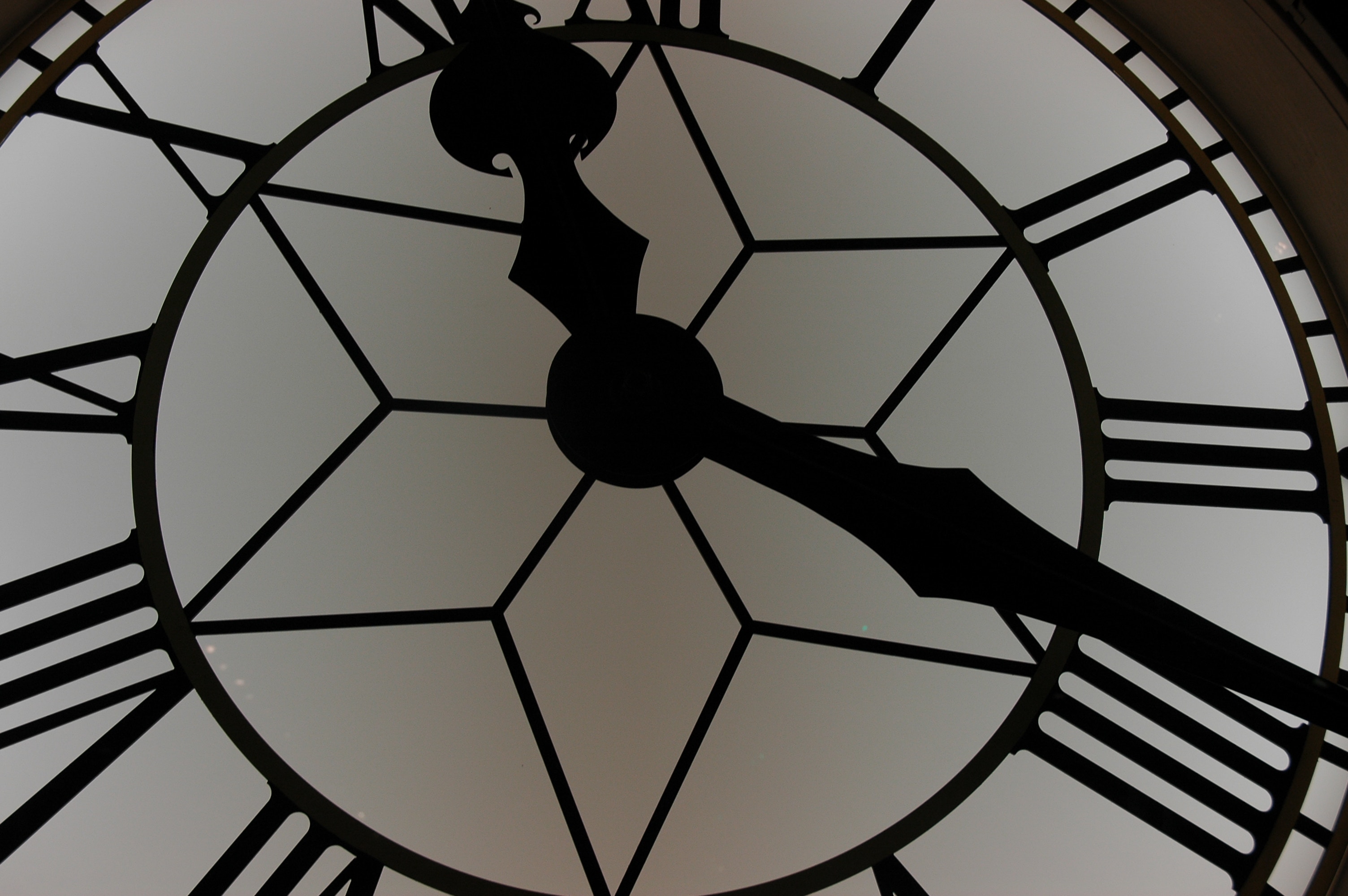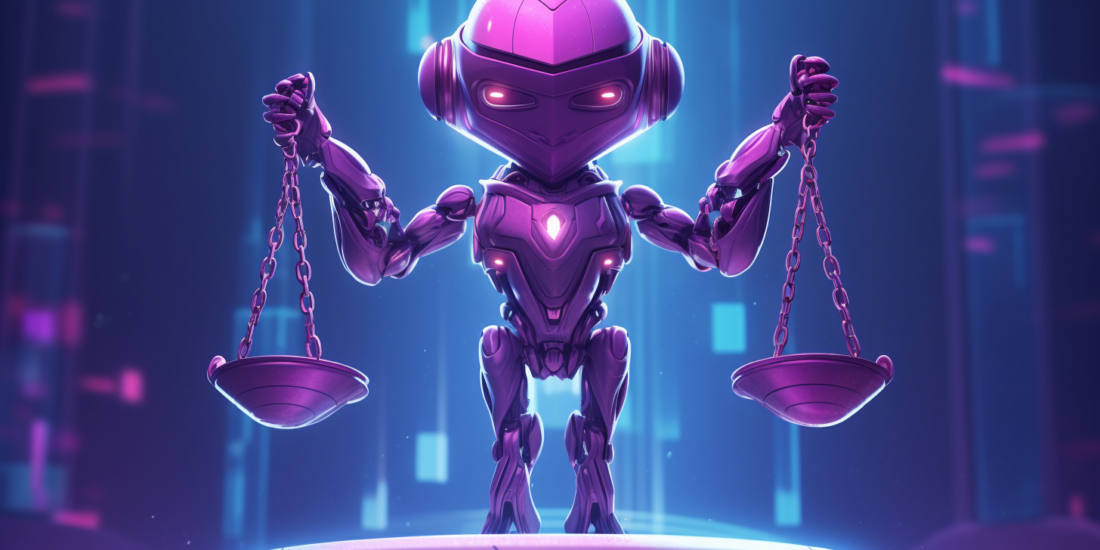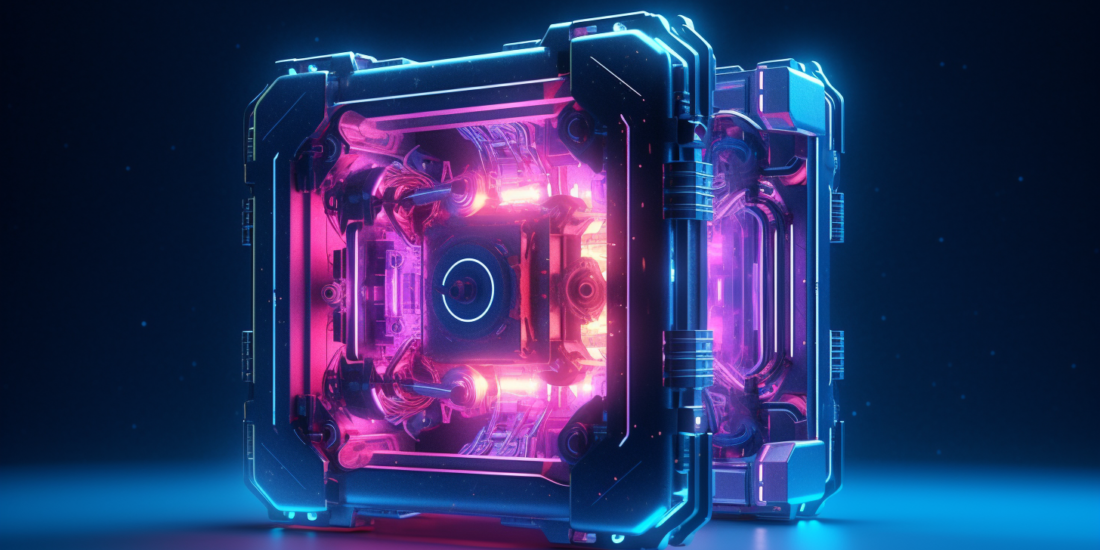
New Software Released to Predict the Future
The human race has never been better. Right now, we can determine our present and even alter our environment and the things we eat according to our liking. But it is human nature to think about our future even when our present is fledgling. And as usual, technology seems to hold the answer to this.
A software designed by computer scientists at the University of Bonn in Germany has the capability to predict a sequence of events up to five minutes in the future with an accuracy between 15 to 40 percent. Though 15 to 40 percent might not seem like a big deal, it is a step towards the future. This is also a step towards a new era of machine learning that goes beyond single-step prediction.
Though this technology is not new, it is unique in its approach. An algorithm from Stanford AI researchers has been reported as to be able to achieve up to 90 percent accuracy in its predictions regarding end-of-life care.
Working

How does this algorithm work? Well, the algorithm was fed with data from more than two million palliative-care patient records, and was thus able to analyze patterns in the data and thus predict the results about the patient with very high levels of accuracy.
Now, 90 percent might sound like a very impressive number on paper, there still exists a doubt about the over-inflation of these values through cherry-picking data. This process is called p-hacking.
So, how does this p-hacking actually work? In their experiment, Gall and his team used hours of cooking videos and presented the software with portions of the action after the videos. Having the knowledge of watching the videos, the software could predict the remaining sequence.
According to the creators, this approach is the true meaning of human and robot collaboration. With the right hardware and resources, the software could help human workers in industrial settings. There are also a variety of uses in a domestic setting as well, too.
The creators of this software see how this service can help others is in elderly care. Right now, the number of old ones in America is rising in a very steep and quick rate, and 92 million elderly ones are expected to be in America by 2060. If this software will be used in the right method, then this huge number of people can be benefited.
Danger

If this software knows a particular disease or abnormality, it can predict the outcome of the particular disease, and can even help with doctors in predicting the outcome of a certain procedure or treatment. But this software is not without any cons when it comes to patients.
With this advance in technology also comes the danger of gaps between generations. When love is shown to a machine, questions arise as to if human care is at all needed. This question is partly in the hands of developers and engineers, as they need to set protocols and limitations to their own software when it comes to this field.





